MENORCA
History

History

Popular destinations SPAIN
| Andalusia | Catalonia | Costa blanca |
| Costa brava | Costa del sol | El hierro |
| Formentera | Fuerteventura | Gran canaria |
| Ibiza | La gomera | La palma |
| Lanzarote | Mallorca | Menorca |
| Tenerife |
History
Prehistory
People probably lived on Menorca about 6,500 years ago. The oldest traces of human habitation are at least 4000 to 5000 years old. The Talayotic period is the most remarkable in Menorcan prehistory and is characterized by the colossal megalithic monuments. This period falls in the late Bronze Age and lasted until about 200 BC.
From this prehistoric period, for example, date from the nearly 20 burial and residential caves near Cala Morell, which were used between 2000 and 3000 years ago.
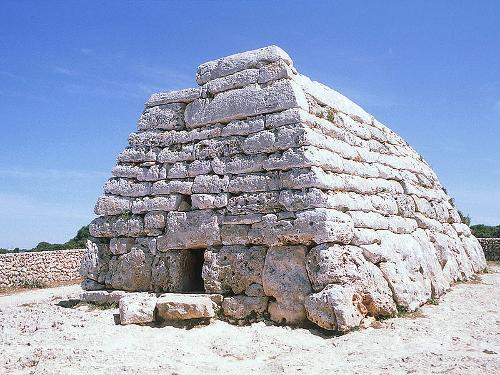 Naveta d’es Tudóns, MenorcaPhoto: Public domain
Naveta d’es Tudóns, MenorcaPhoto: Public domain
One of the most famous prehistoric monuments is the Naveta d’es Tudóns, a limestone naveta east of Ciutadella, and one of the oldest structures in Europe. The funerary monument, in the shape of an upside-down boat, is estimated to be 3000 to 4000 years old. The naveta comprises two spaces above each other, separated by a ceiling of stone slabs (dimensions: 14 m long, 6 m wide and 4 m high). The remains were placed in the upper chamber.
Also to the east of Ciutadella is a beautiful, fully intact prehistoric taula (Catalan for table), 2.70 meters high and 1.90 meters wide. The taula at the remains of Torralba d'en Salort is also beautiful to see. Taula's, huge T-shaped "tables" up to four meters high, probably had a religious, ritual function.
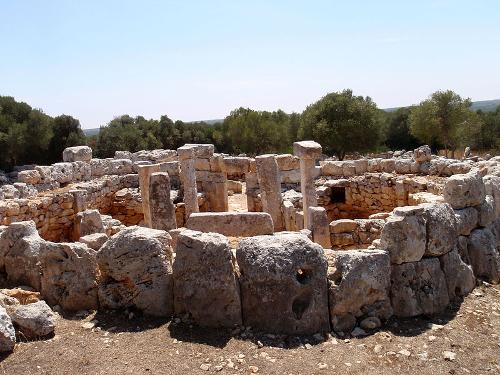 Torre d’en Gaumés. MenorcaPhoto: Daniel lobo CC 2.0 Generic no changes made
Torre d’en Gaumés. MenorcaPhoto: Daniel lobo CC 2.0 Generic no changes made
The largest megalithic settlement, Torre d’en Gaumés, is located south of Alaior, with three talayots, a temple complex, a colonnade and a water place with a reservoir and filter installation. Talayots are large, round structures that were used both as homes and as watchtowers. During the height of the Talayotic period, the island was already visited by various other peoples, who were looking for trade partners or conquering new areas.
Relations with Phoenicians and Greek navigators (they called the island of Meloussa) were peaceful and purely trade-oriented. However, the Carthaginians had other plans for the island and in the mid-5th century BC. Menorca was conquered. Led by Magos, Hannibal's brother, they occupied the ports and the Menorcans were forced to enlist in the Carthaginian army. Their skills as stone throwers would be of great influence during the Punic Wars.
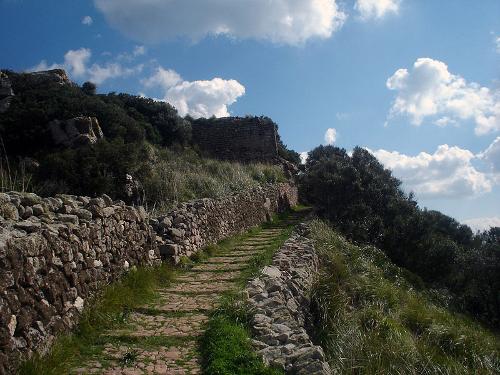 Roman road, MenorcaPhoto: Public domain
Roman road, MenorcaPhoto: Public domain
In 123 BC. Menorca was conquered by the Romans under the leadership of Quintus Caecilius Metullus. The Romans called the island Minorica or Balearis Minor and a period of prosperity followed. Several fortresses were founded such as Iammona (now: Ciudadella), Mago (now: Mahón) and Sanisera (now: Sa Nitja), which all became part of the new province of Insulae Balearis. Important for the island were the roads that the Romans built between the various villages and cities.
Middle Ages
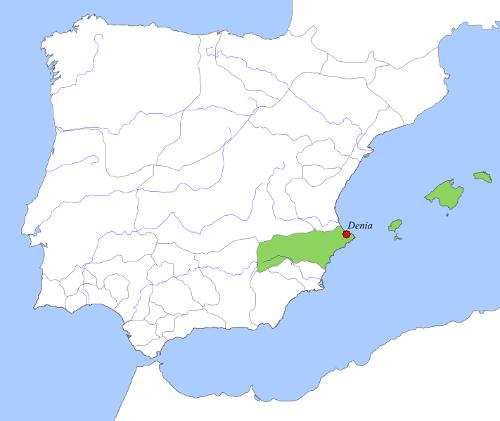 Taifa of DeniaPhoto: Tyk CC 3.0 Unported no changes made
Taifa of DeniaPhoto: Tyk CC 3.0 Unported no changes made
In 427 AD. Menorca fell into the hands of the Vandals, who fanatically pursued followers of the Catholic faith. In 534 the Byzantines took over the island from the Vandals and it became part of the Byzantine Empire. Then the Catholic Church in Menorca was also restored.
Towards the end of the 7th century, the Moors conquered North Africa from the Byzantines, leaving the Balearic Islands unprotected. It did not take long before the Balearic Islands were taken by the Moors. Menorca was now called Minurka and annexed to the Caliphate of Córdoba in 913. In 1015, Menorca was included in the Almohad kingdom of Denia, an Islamic sect. They divided the island into four districts and established irrigation systems and fruit plantations. During this period, the population increased and different religions coexisted peacefully.
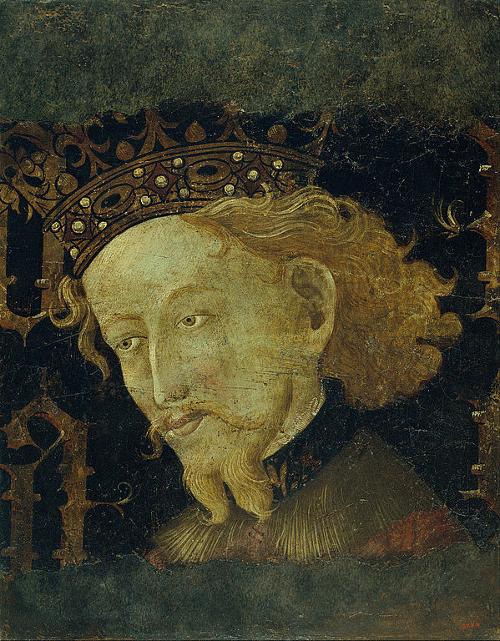 Jaume I of Aragon, IbizaPhoto: Public domain
Jaume I of Aragon, IbizaPhoto: Public domain
The 13th century saw a radical change in the rule of the western Mediterranean with the advance of the Catalan-Aragonese troops. Majorca was conquered from the Moors by the armies of Jaume I, and the Arab rulers were allowed to become his feudal servants in Menorca in 1232. The island retained this status until 1287, when Menorca was conquered by Alfonso III with an army made up of Sicilians, Majorcans, Catalans and Aragonese soldiers and mercenaries. The Moors were arrested as slaves or exiled after payment of a ransom. Many were also simply thrown overboard on the high seas. Only the wealthy Arabs were able to stay and eventually mingled with the Menorcan population. Christianity was restored and Alfonso divided Menorca among his followers. In 1291 Jaume I dies and Menorca is from that time ruled by the kings of Majorca and Catalan becomes the main language.
In 1349 the kingdom of Majorca came to an end and Menorca was annexed to Aragón, which in 1492 allied itself with Castile and Granada, thus starting to take shape in today's Spain.
Turkish, English and French rule
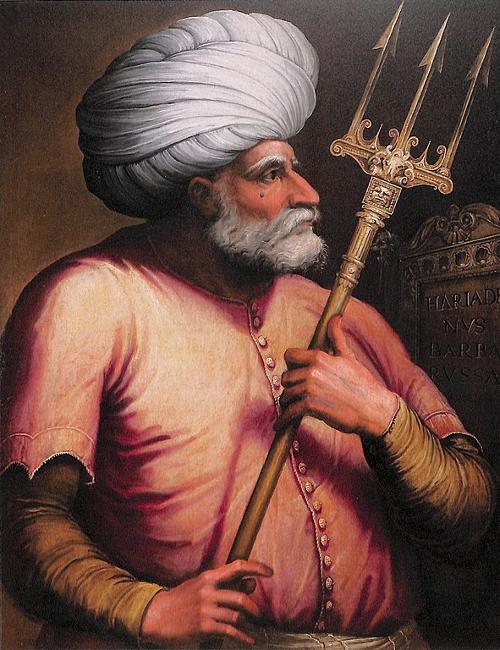 Barbarossa, MenorcaPhoto: Public domain
Barbarossa, MenorcaPhoto: Public domain
In 1535 Mahón was attacked by the army of the Turkish pirate Barbarossa. Resistance was pointless, the city was looted and burned, half of the inhabitants were murdered or enslaved.
In 1558 the same incident took place in Ciutadella by the Turk Mustafa Piali and this city was also largely destroyed. The 17th century did not go well either because of pirates and diseases that decimated the population. At the beginning of the seventeenth century, the English acquired the right to use the port of Mahón. In the following years, the influence of the English on Menorca grew and Mahón became the most important city on the island. Eventually Menorca was occupied by the English and Dutch troops in the name of Archduke Charles of Austria. This situation was confirmed in 1713 by the Treaty of Utrecht when the English finally gained dominion over the island. Mahón then also became the new capital of Menorca, at the expense of Ciutadella. However, a road across the island to the two major cities was laid by the English governor Richard Kane. Under his regime, agriculture and livestock were protected and government, industry and trade regulated.
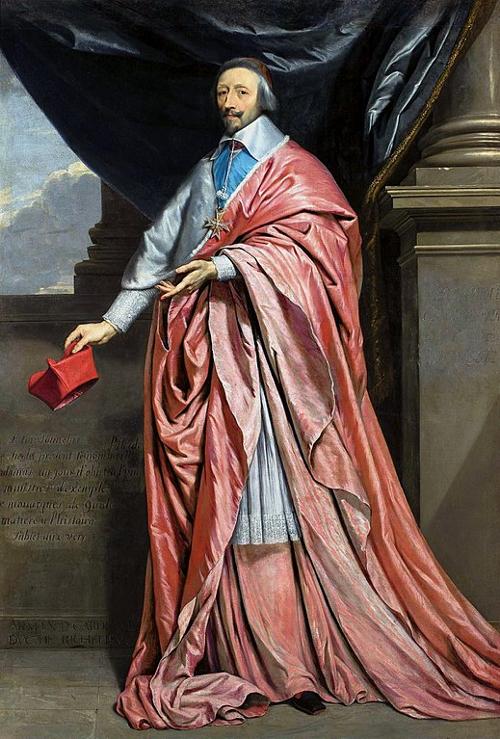 Cardinal Richelieu, MenorcaPhoto: Public domain
Cardinal Richelieu, MenorcaPhoto: Public domain
The British era ended in 1756 with the invasion of the troops of the French Cardinal Richelieu, who took over the island from the English without a fight. This was not that difficult because the island was only defended by 300 English soldiers.
The French stayed until 1763 and they also got along well with the local population. In 1763 the English got the island back at the Peace of Paris. This period would be much less successful for the population. Hunger and misery led many residents to emigrate to Florida in the United States. This period lasted until 1782. Menorca was now conquered by a Franco-Spanish army led by the Duke of Crillon and Spanish sovereignty was restored. English Admiral Byng was executed.
The British occupied the island once more, from 1798 to 1802. On November 15, 1798, General Quesada surrendered to the English troops and the third English period began. In 1802, the Treaty of Amiens assigned Menorca definitively to Spain. After this, the history of Menorca entered calmer waters and the island "disappeared", as it were, from the secular political scene. In 1854 a permanent steamboat service was established between Mahón and Barcelona. In the first half of the 19th century, the island went badly economically, as a result of which many islanders emigrated to Algiers in North Africa.
Twentieth century-present
Many Menorcans also emigrated at the end of the 19th century and the beginning of the 20th century, this time mainly to Cuba, Argentina and Uruguay. Important for Menorca was the opening of the first shoe factory in 1853, when the foundations were laid for the further economic development of the island.
In the Spanish Civil War, Menorca remains republican and is the last part of Spain to surrender to dictator General Franco. Catalan was banned under his dictatorship (1939-1975).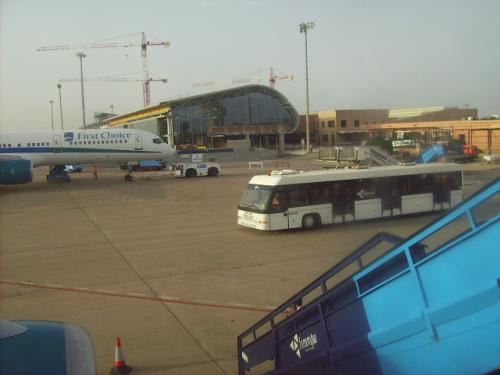 Menorca airportPhoto: Jf1234 CC 2.0 Generic no changes made
Menorca airportPhoto: Jf1234 CC 2.0 Generic no changes made
In 1953, the first charter flight landed in Menorca, but it was not until 1969 that Sant Clement Airport was opened and tourism could begin to flourish. In 1975 Franco died and the monarchy was restored. In 1978 a new constitution provided for a limited autonomy of the Spanish regions, including the Balearic Islands.
In 1983 the Balearic Islands were declared an autonomous region, with Catalan and Spanish as the official languages.
In 1993 Menorca was declared a UNESCO Landscape Reserve with the aim of protecting the environment and supporting traditional industry and tourism.
See also the history of Spain on TheWorldOfInfo.
Sources
Kelly, T. / Menorca
Kosmos-Z&K
Klöcker, H. / Menorca
Deltas
Mallorca & Ibiza, Menorca & Formentera
APA Publications
Montserrat, J. / Reiseführer Menorca : ein Streifzug durch die Insel
Triangle Postals
CIA - World Factbook
BBC - Country Profiles
Copyright: Team The World of Info